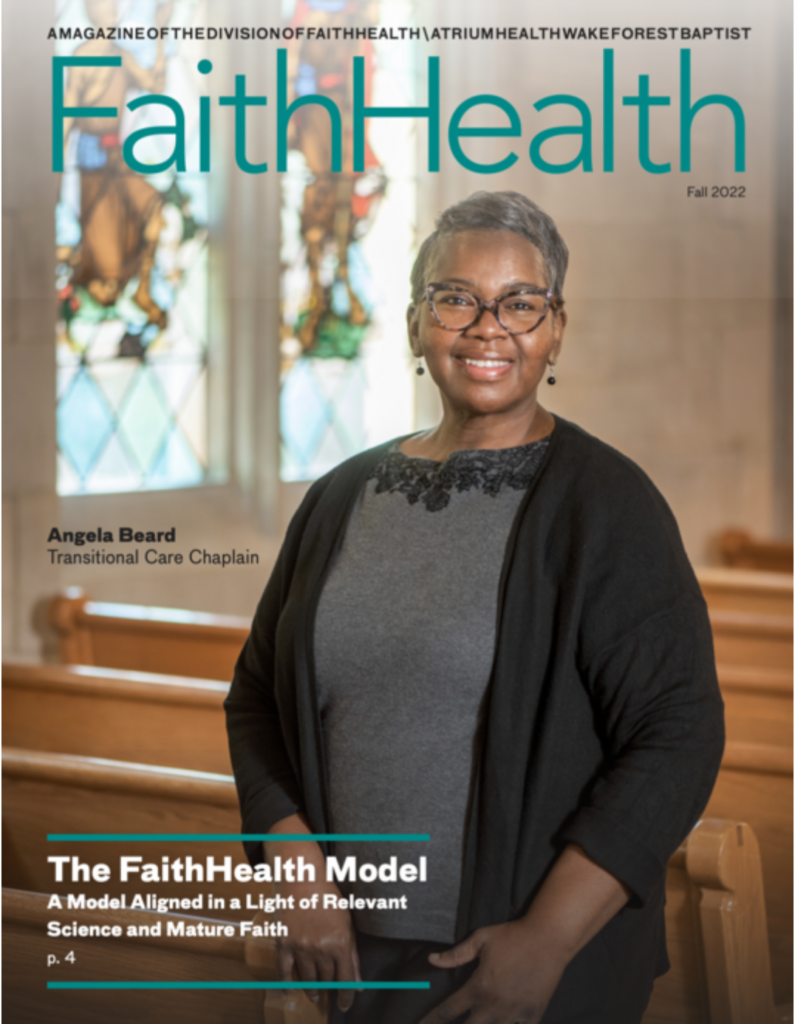By Gary Gunderson
In his laboratory at Wake Forest Innovations in downtown Winston-Salem, Dr. Tony Atala lives on the breaking edge of health science technology. His work is helping stem cells fulfill their astonishing capacity to become working organs. You can’t make cells do this like you can make bricks become a wall. It seems that the cells sort of want to become a pancreas, liver or skin once Tony gives them the idea it’s possible and creates the medium in which they can pursue their future and play their healing role in a living system called a human being.
One day I asked Tony whether he thought something like this might be true for people, too. Do you think we sort of want to be on committees? Do you think we want to be part of the organ systems of our communities? He thought that was true and so do I. The structural apparatus of FaithHealthNC is emerging in the form of a covenant, roles, committees, educational programs, evaluation metrics, and all sorts of connectional tools and protocols.
But all that is the trellis, not the living vine.
What gives life is the spirit: in Greek this is called dunamis; in African, the energy is called Seriti. It’s holy. And we are foolish to think we can aim, control or make it serve even those purposes we think most noble such as healing. Indeed, it’s the other way around.
A movement is the thing that moves us, not the thing we move. These days, we have a sense we are being moved across the lines of disciplines and languages that have kept the healing possibilities apart. We are being moved from behind our thousands of bricks and shiny machines into streets and neighborhoods. And we are finding we have friends in tough places urban and, as you’ll read in this issue of FaithHealth, rural ones, too. Like Tony’s cells, we seem to be made to become part of the healing. In becoming part of the larger life, we find our own. Of course we do.
Gary Gunderson is Vice President of FaithHealth Ministries, Wake Forest Baptist Health

